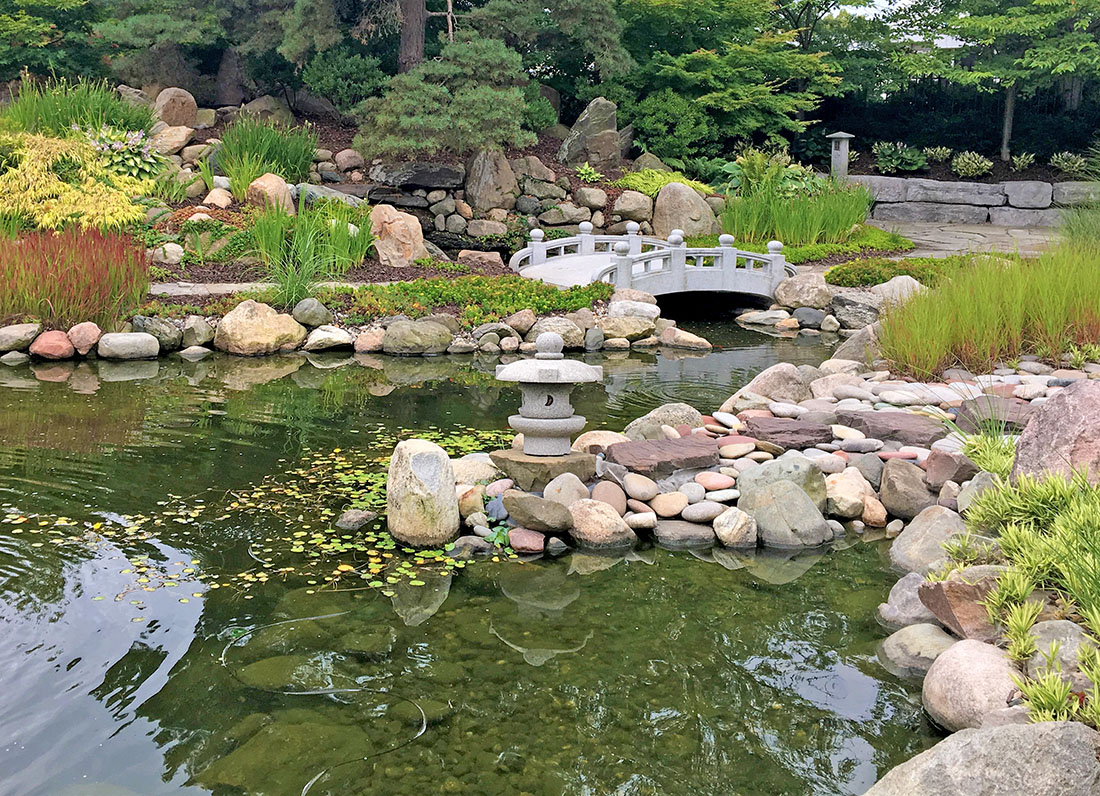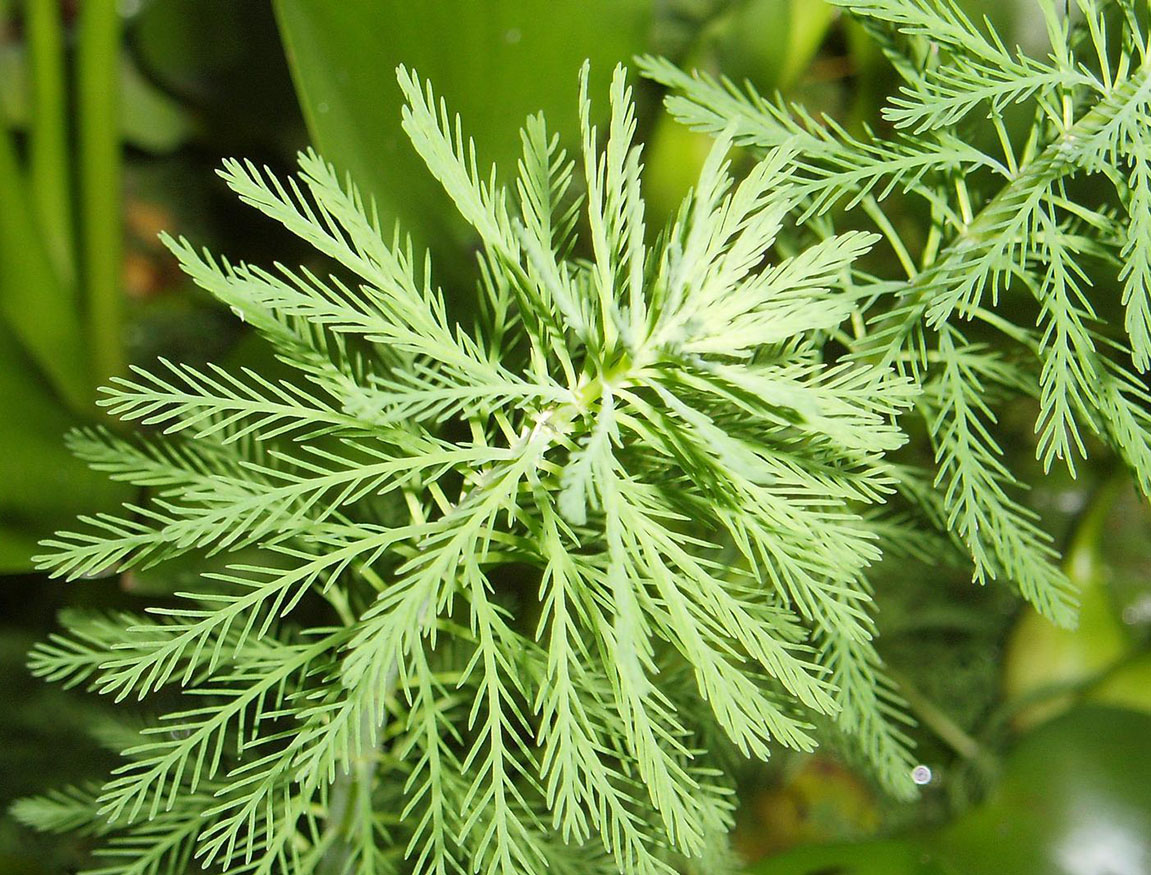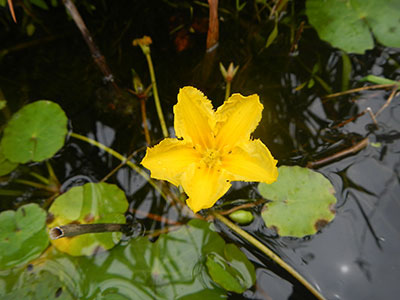
Smart Shorelands: Prevent the Spread of Aquatic Invasive Species
DOWNLOADJanuary 4, 2024 - Paige Filice, Michigan State University Extension. Adapted from Jane Herbert and Linda Whitlock, Michigan State University Extension.
Does your landscape contain a water garden or ornamental pond? Some water garden plants and animals have the potential to become invasive—outcompeting and diminishing Michigan’s rich diversity of native aquatic species.
When non-native plants or animals escape or are intentionally introduced into lakes, streams and wetlands, they can become invasive due to an absence of natural population controls, such as predators and disease, that would normally keep them in check. Although winter temperatures may prevent some plants and animals from growing and reproducing in Michigan, this is not always the case. Some species may survive and thrive, which can negatively impact the environment, decrease recreational opportunities and cause severe economic consequences.

Disposing of aquatic plants and animals
Michigan’s Reduce Invasive Pet and Plant Escapes (RIPPLE) program encourages enjoyment of your water features and protection of the natural environment by offering responsible tips and solutions for disposing of dead, dying or unwanted aquatic plants and animals. Popular water garden plants and animals are known for their vigorous growth and rapid reproduction, and as a water gardener, you’ve likely experienced having too many to care for. If this occurs, remember it is never safe to release water garden plants and animals into the natural environment, even if they appear to be dead. It is extremely difficult to eradicate a species once it is established in the wild.
Safe and proper disposal of plants and animals you have purchased at a garden center early in the summer and nurtured throughout the season can be emotionally difficult. Caution and careful thought are needed in deciding what to do with unwanted plants and animals. Releasing any aquatic organism into the environment is not an accepted practice and is punishable by law.
Be aware the state and federal government regulates the sale of some plants and animals due to their invasive potential. It is illegal to be in possession of, sell, offer to sell or introduce into the environment prohibited and restricted plants and animals. Regulated water garden species include European frogbit (Hydrocharis morsus-ranae), yellow floating-heart (Nymphoides peltata) and parrot feather (Myriophyllum aquaticum), among many other plants and animals.
Recommended RIPPLE disposal options:
- Seal aquatic plants in a plastic bag and dispose in the trash.
- Contact a retailer for returns or surrender.
- Give or trade with another responsible water gardener.
- Donate to an aquarium society, school or environmental learning center.
- Contact a veterinarian or retailer for guidance on humane disposal of animals.

Be a smart gardener and avoid these invasive plants!



When making purchases, know which ones are prohibited or restricted. For a complete list, visit Michigan Invasive Species. Be aware that retail names and descriptions of plants and animals can be mislabeled and misleading.
What else can water gardeners do to help prevent the spread of aquatic invasive species?
For starters, never assume a plant or animal is harmless or benign. Just because it is not regulated does not mean it is safe to dispose of in natural waterways. Some popular plants and animals sold in trade can survive in the wild and cause severe environmental harm. Never release anything you’ve purchased for your water garden into the natural environment.
Thoughtfully plan your water feature to avoid stress, heartache and accidental spread of non-native species. Build water gardens away from other waterways and consider where potential floodwaters may end up. Also, unwanted organisms can hitchhike on water garden plants. To prevent unwanted hitchhikers from appearing in your water garden, inspect and rinse new aquatic plants to rid them of seeds, plant fragments, snails and fish.
Together, we can keep Michigan’s waterways healthy and pure
Pet and pond retailers, professionals and hobbyists are invited to explore RIPPLE resources and become partners by learning how to prevent invasions and sharing materials and information with their clients and communities. A variety of print and electronic educational resources are available at the RIPPLE website.
Learn about invasive species currently found in Michigan, where they are located, how to identify them and report new sightings in the wild through the Midwest Invasive Species Information Network.
Contact your local Cooperative Invasive Species Management Area (CISMA) to become involved in efforts to prevent and control invasive species in your community. CISMAs are groups of non-profit and government agencies, businesses and volunteers that have come together to tackle issues related to invasive species in their regions. CISMAs can offer a range of services including information on preventing, identifying, reporting and managing invasive species. Learn more at Michigan Invasive Species.
For more information on a wide variety of Smart Gardening topics, visit www.migarden.msu.edu or call MSU’s Lawn and Garden hotline at 1-888- 678-3464. Additional shoreland resources can be found on the MSU Extension Center for Lakes and Streams website at www.canr.msu.edu/cls.
Updated December 2023. This publication is supported in part by the Crop Protection and Pest Management Program 2017-70006-27175 from the USDA National Institute of Food and Agriculture. Any opinions, findings, conclusions, or recommendations expressed are those of the author(s) and do not necessarily reflect the view of the U.S. Department of Agriculture.



 Print
Print Email
Email





